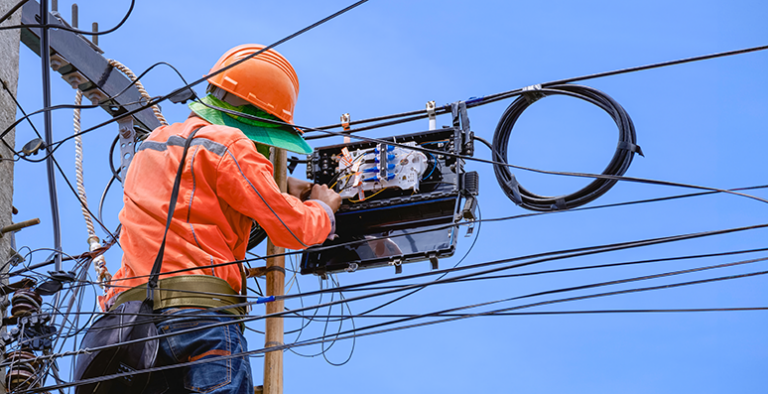On National Energy Efficiency Day, it’s important to take measure of the benefits to consumers and the environment that are being delivered by the cable industry’s energy-saving initiatives.
Earlier this year, an audit conducted by D+R International found tremendous energy and cost savings thanks to two Voluntary Agreements signed by major service operators, pay-TV providers, manufacturers and energy efficiency advocates.
Since the award-winning Voluntary Agreement for Ongoing Improvement to the Energy Efficiency of Set-Top Boxes was implemented in 2013, consumers have saved more than $3.5 billion and avoided more than 20 million metric tons of carbon dioxide emissions. Set-top box energy consumption has also declined 34 percent in the past five years. In particular, energy levels in new DVRs—which are the most energy-intensive type of set-top box—have experienced a 46 percent reduction.
Even more promising is a move toward viewing of cable content without any set-top box at all. Consumers are increasingly using internet-connected devices to access apps from their pay-TV provider. This is leading to a significant reduction in energy usage. The U.S. service providers agreed to report app availability and usage data as part of a four-year extension of the set-top box agreement, which allowed for tracking and reporting of the number of consumer-owned devices that customers used to access their content in 2017. Last year, consumers used more than 100 million of their own devices to access pay-TV services without a set-top box.
Another victory for consumers and the industry this year came with the four-year extension of another voluntary agreement addressing the energy efficiency of consumer devices used to access the internet, such as modems and routers. D+R International found that these “small network equipment” devices are nearly 20 percent more energy efficient than prior-generation devices. In addition, 99.2 percent of the devices purchased or sold at retail by participants last year were found to meet the agreement’s energy efficiency levels. It’s important to note that the energy efficiency of small network equipment has improved even amid upgrades that enable much faster broadband speeds and better Wi-Fi strength and performance.
Cable operators continue to show their commitment to energy consumption through industry-wide collaboration and discussions on how to best deliver energy efficient devices while maintaining high-quality products and services. For more information on how the industry is raising awareness around energy efficiency, and for more details on the voluntary agreements, go to:
https://www.energy-efficiency.us/.










